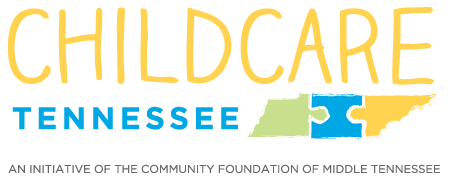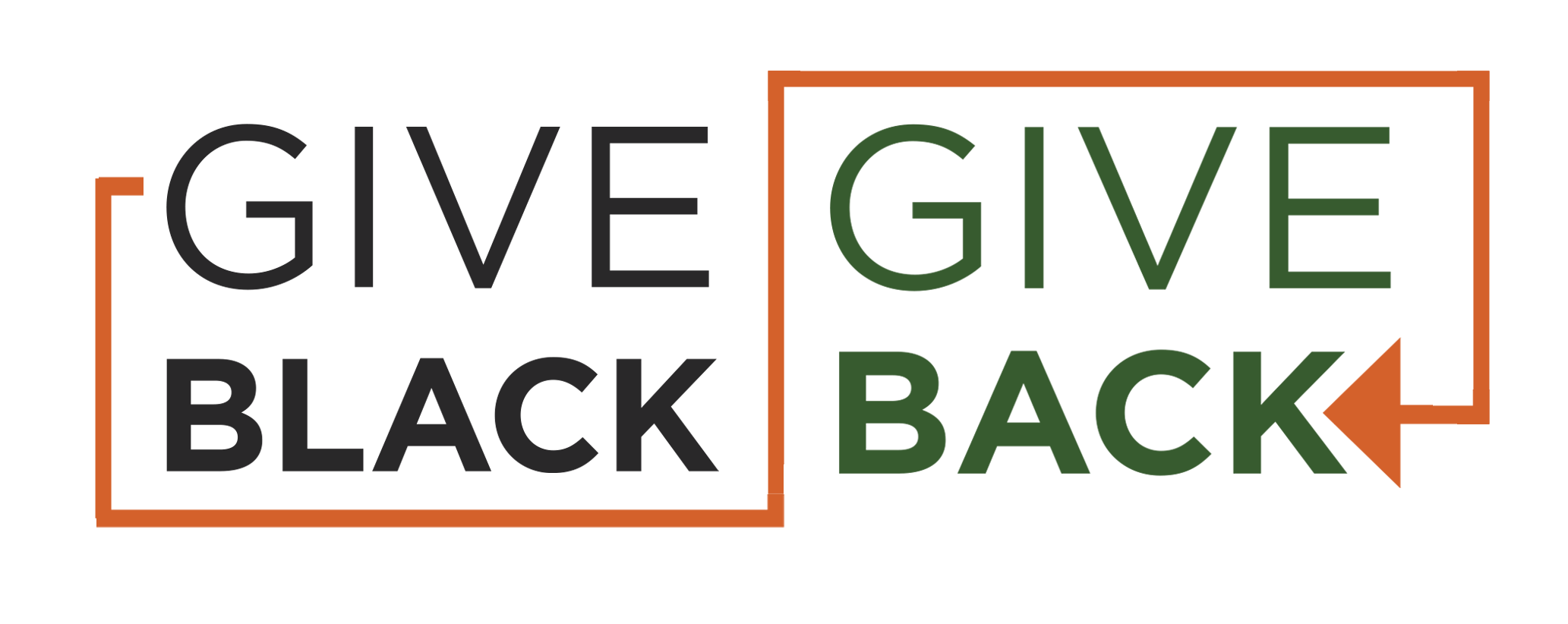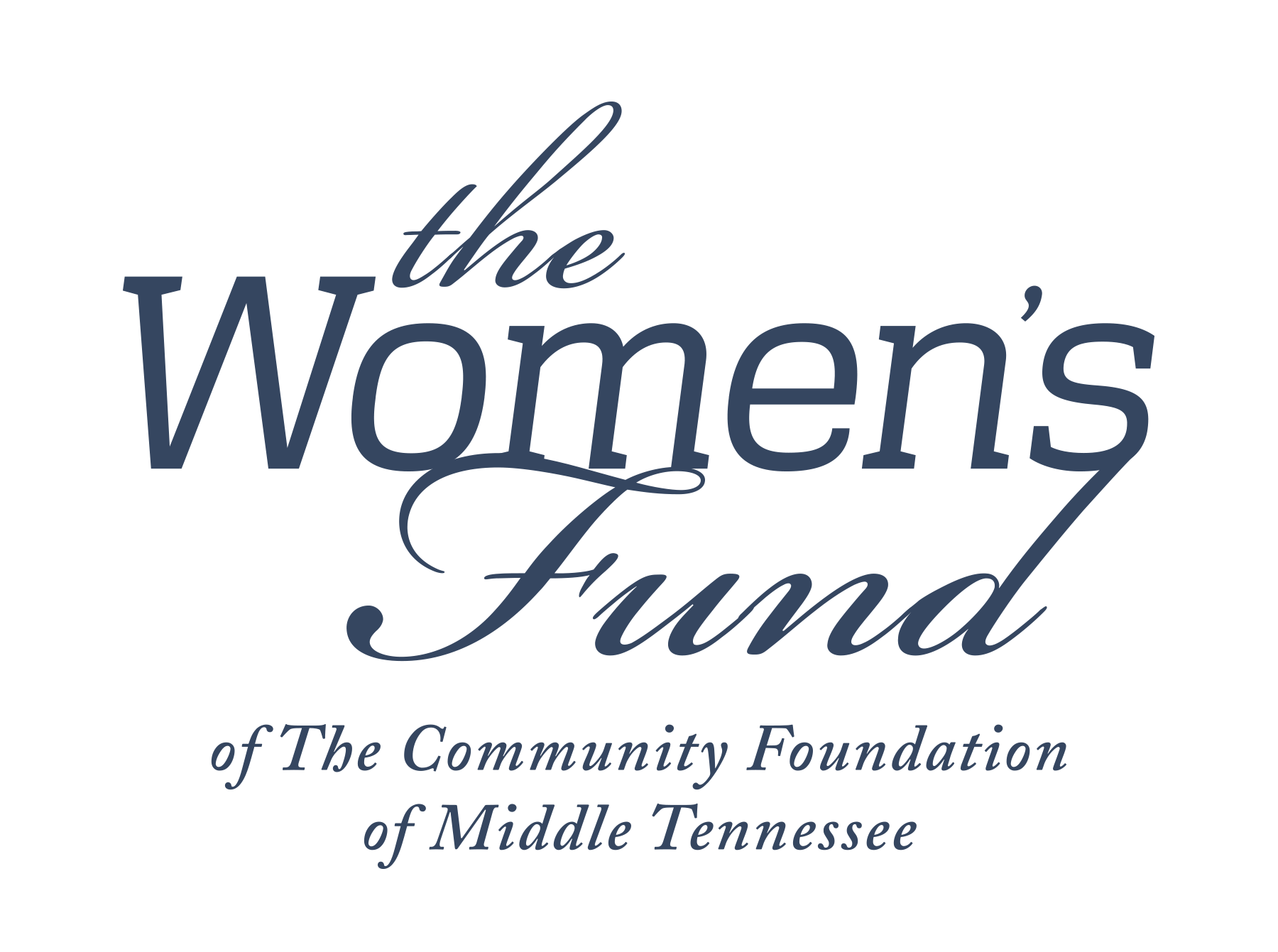By the late Nelson Andrews, former early childhood education steering committee member and former board chair of the Community Foundation of Middle Tennessee
Let us begin with a bold statement that we believe to be undeniably true. As a society, and more specifically as the Nashville community, if we do not take the action that we are about to propose, then:
• We cannot break the cycle of poverty.
• We cannot solve our drug problems.
• We cannot solve our incarceration problems.
• We cannot solve many of our health care cost problems.
• We cannot create the economic climate that we all desire.
• And we cannot attain an acceptable K-12 public education system in our community.
The premise is basic. As we look at the learning process of the children of our community, let us focus on what occurs in our public education system K-12. When we see almost one-third of our kids becoming dropouts, we regretfully admit that the system is broken. We also understand that it is from this dropout group that most of the problems we have previously listed are germinated.
Logically, we first would fix our attention on determining where it is broken. Let us consider the learning process as an assembly line. Almost always, our first reaction is to be quick to say that the assembly line is broken in high school – after all, that’s where dropouts occur. But, although that instance of dropout is where the dramatic evidence of the failed system is recognized, that is not when the break occurs, and therefore, that is not the point at which it can be fixed. So we look at the assembly line in closer perspective, and we realize the following:
If a child does not read with a reasonable degree of comprehension upon completion of the third grade, research tells us that the likelihood of that child becoming a dropout is well over 90%.
At that point in their learning process, we know who is not going to make it. We know who is destined to be in the failed one-third. So again, logically, we look farther back toward the beginning of our assembly line and we find that children who are not prepared to enter kindergarten are the children, by and large, who don’t achieve reading comprehension by that third grade time frame and are thus destined for dropout status.
So we look even farther toward the beginning of the assembly line. We find that from birth to age four — and particularly in the first year and a half — children rapidly develop the critical capabilities — the enormous brain development — that become the foundation for their subsequent development. In fact, 90% of the architectural structure of the brain is built in the first three years of life. Children are born with a billion brain cells, and no more are created after birth. However, the way these cells are “wired” or linked together, is controlled by the environment the infant experiences during these first three years.
We find that with proper brain development, the gains they can make in language and thinking skills are remarkable, and they also can make dramatic progress in the growth of their emotional, social, behavioral, and moral capacities.
On the other hand, without such brain development, scientists tell us that they will miss a “window of opportunity” that closes forever as they leave those early years. In any event, the fact is that we do know where the assembly line is broken, and we know it is in those formative early years.
To address this challenge, the Community Foundation of Middle Tennessee is facilitating an Early Childhood Education Scholarship program. The Community Foundation is partnering with early childhood education centers which have achieved three-star certification from the state. These centers have a proven track record of successful learning programs and strong parental involvement.
Our goal is to provide quality education settings to children from birth until they are old enough to enter a pre-kindergarten program.
We are relying on the centers to help us identify at-risk children who, but for this assistance, would be unable to access this care. The majority of children we are helping are children of the “working poor,” a designation bestowed upon families earning between $18,000 and $24,000 annually. These are families who earn too much to receive financial assistance from the State, but for whom quality care would be nearly impossible to afford.
This transformation requires a big investment. For every child we help, we commit to seeing them through this formative period. It will take, on average, $20,000 per child, a figure that seems large until you compare it with the cost of not giving these kids the chance to succeed.
The Community Foundation will provide the majority of the funding in the form of a scholarship. The family and the center work to cover the remaining costs. The children reap the benefit of caring, professional teachers who regularly assess their progress and ensure they meet the appropriate developmental benchmarks.
The continuity of high quality early childhood education for these children will be an investment that yields untold rewards.






